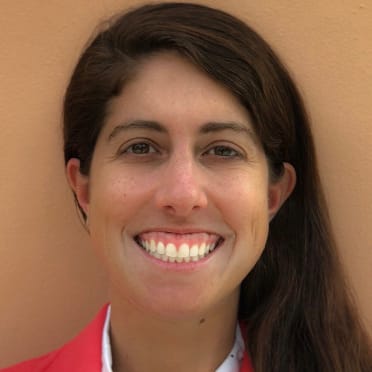Marlins hit shift key when versatile infield is pressed into service
If you revisited the box score from the Marlins' 7-1 victory over the Phillies on April 15, you'd see a 5-6-3 double play in the third inning. It was anything but typical. In fact, it might stick as the club's greatest web gem by season's end.
With a runner at first and pull-happy Kyle Schwarber up to bat, Miami placed third baseman Joey Wendle in the slot between first and second. It paid off, as Schwarber sent a sharp grounder that way. Wendle dove to his left and snared the ball, got up, spun and threw to shortstop Miguel Rojas, who then fired to first to complete the double play.
Modern baseball often turns to non-traditional positioning. Entering Wednesday's series finale at Tropicana Field, the Marlins lined up three infielders on one side of second base 51.5% of the time -- fourth most in the Majors, behind just the Blue Jays, Dodgers and Mets.
"It's definitely a lot more popular," said Brian Anderson, who has been a Gold Glove finalist at third base. "I remember when we started doing it, it seemed like we were one of the first teams to start doing the third baseman over to the slot. I remember seeing the Dodgers doing it with [Justin] Turner. They would put Justin over there on the other side. I think it's just a matter of putting guys in the best spot to get that hard contact wherever that may be, while still covering the bunt and not letting them bunt through the shift."
Because of this, the Marlins had no qualms with rookie Joe Dunand taking over for second baseman Jazz Chisholm Jr. (left hamstring tightness) on Sunday. Dunand had never appeared at the position at N.C. State or in his professional career. The last time Dunand, primarily a third baseman and shortstop, played second was at Miami Gulliver Prep.
Miami has had to make due with Chisholm (left hamstring tightness), Jon Berti (undisclosed), Wendle (right hamstring strain) and Rojas (left calf tightness) out at the same time. There is progress on that front, as Rojas returned to the lineup in Wednesday night's 5-4 loss to the Rays, and both Berti and Wendle played back-to-back days on their rehab assignments.
"It was definitely not the first time I played on that side," Dunand said. "It is the first time I've played second. With the shift from third, I go over to that side, so it's nothing crazy new. For now, it's just getting reps in BP and in the game just to get comfortable on that side."
Not every club can -- or does -- use that specific alignment. Miami has the luxury of above-average infielders. Along with Anderson, Rojas was a Gold Glove finalist at shortstop in 2020. Wendle, who grades out well at three positions, was a Gold Glove finalist at the hot corner in '21. Solely used as a second baseman in '22, Chisholm has four Outs Above Average and five Defensive Runs Saved. Berti has appeared at six positions at the big league level.
No matter the combination, there isn't much of a drop-off in athleticism.
"You're seeing a lot more teams have utility guys, guys who can play multiple positions," Wendle had said last month. "I'm happy to be that guy. It's something that I've embraced over the past couple of years. More than anything, it just comes down to fundamentals: catching the ball, throwing the ball. But the simple thing is being able to do that well. Then also just the mentality, the mind-set of today when you're playing third base, you're a third baseman, you're not a second baseman, you're not a shortstop. You're fully in that position, and your mind is there in terms of where you need to be when the ball's hit, the angles, all that kind of stuff. There's a different skill set that comes with all of them. But by and large, the big skill sets are very similar."
That's where infield coach Al Pedrique comes in. During introductions, he will give players the option of moving to that side of the infield on shifts. In the past, he has had guys not feel comfortable doing so. Before getting reps in, they will talk about hitters and watch video.
According to Anderson, the Marlins practice shifts in Spring Training so players aren't surprised come the regular season. In the end, it's all about fielding the ball, hitting one's target and knowing where to stand for cuts and relays. Communication is key.
"The easiest way to prepare them is to go out and take some ground balls at different angles," Pedrique said. "We work on the double play so they can see and feel the different angles where they're going to have to go after the ball, set their feet. Some guys going to the glove side spinning and making the throw to second. The backhand, which is a lot different when you go from third to second base and be in the double play spot, it's not as easy as people think."
